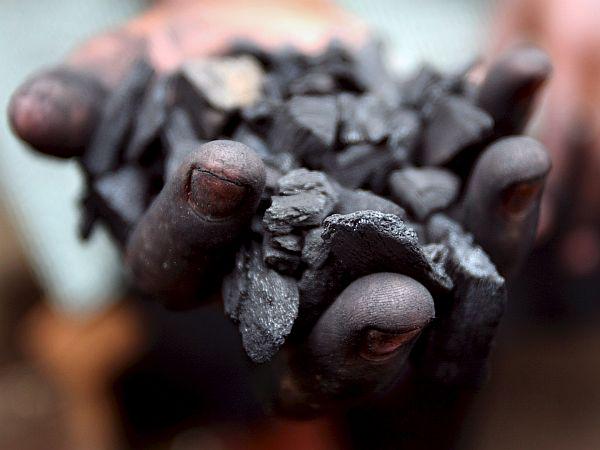
During the warmer months, unusual piles of wood - covered in leaves, branches, or firs - appear in wooded areas throughout Slovenia. For several days, smoke rises from the top of the piles, until the piles are taken apart, revealing large quantities of charcoal.
This is the traditional method of making charcoal, a process that hasn’t changed much for centuries. When the fire is kindled trough a central pole at the top, the wood inside begins to carbonize at a temperature of about 250 degrees Celsius (around 500 degrees Fahrenheit), but it never catches on fire because there isn’t enough oxygen in the pile. Instead, the wood turns into charcoal – a process that last several days.
Charcoal making was already common in the Iron Age, but with the advent of the Renaissance, iron making began to flourish in the territory of modern-day Slovenia, and charcoal, used to power the forges, was in higher demand than ever before. The number of charcoal piles increased from year to year, reaching their peak in the 19th century.
Charcoal making was most widespread in the heavily forested areas of the province of Carniola, where fresh supplies of wood were always available. The wooded Jelovica plateau alone hosted more than 800 charcoal piles; thousands more existed elsewhere on Slovenian territory.
The advent of industrialization, coal mining, and improved transportation links changed all that, and coal began to drive out charcoal in the ironmaking process. Traditional charcoal burning remained widespread into the 20th century, but by World War II, however, only a few charcoal piles could still be found in Slovenia.
In recent years, however, the ancient tradition has been undergoing somewhat of a revival. The charcoal produced in this time-consuming way has become recognized for its unusually high quality, and often attains high prices on the market. It is used for everything from backyard grills to medicine and charcoal-based toners in photocopiers. A number of charcoal makers have decided not just to continue their craft but also to pass on their skills to the younger generations.
To a limited extent, the tradition lives on in Slovenia, and some 50 charcoal makers still practice their craft. The highest concentration of charcoal piles exists near the village of Dol pri Litiji, where several charcoal makers still practice their craft in a single area and charcoal is burned year-round.
Tourism also plays an increasingly important part in preserving the charcoal making tradition. The mysterious piles tend to attract the attention of passers-by, who are eager to learn about the unusual process that has played such an important role in early industrialization. Some charcoal piles have even been built near tourists resorts, and visitors can even spend a night in a traditional charcoal maker’s shack.
Slovenia is frequently described as a land of forests, with a seemingly limitless supply of wood. Combined with a burgeoning tourism industry and increased demand for high-quality charcoal, it seems that traditional charcoal making will live on as a Slovenian tradition, even if on a limited scale.

































































